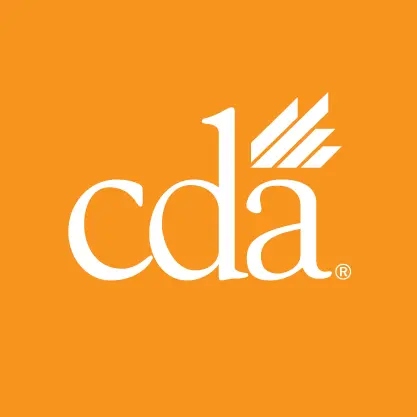The rules for classifying workers in California are already strict — especially after Assembly Bill 5 became law in January 2020, making it more difficult for employers in the state to classify workers as independent contractors rather than employees.
Now, a U.S. Department of Labor rule that takes effect March 11 will require employers across the U.S. who are not already following stricter state laws on worker classification to use a more complex multi-factor analysis when determining whether a worker is an employee or independent contractor. The net result will be fewer workers legally classified as independent contractors.
Although CDA helped to secure an exemption to AB 5 for California dentists, which allowed practice owners to use the more flexible Borello Test to classify their associate dentists and AB 5’s stricter three-part ABC Test to classify all other workers, the definition of independent contractor has remained murky. Because of this, CDA has encouraged dentists to err on the side of caution when classifying workers to avoid noncompliance with AB 5.
‘Almost no way’ to classify a dentist or hygienist as an independent contractor
Besides narrowing the definition of independent contractor, the federal rule puts misclassification of workers under further scrutiny and should prompt dentists to re-examine their worker classifications to ensure they are compliant with state and federal laws.
Employment law experts expect the Franchise Tax Board to be looking for misclassified workers after the rule takes effect in March.
“There is almost no way today you can hire any worker for your office and classify them as an independent contractor,” said Ali Oromchian, JD, CEO of HR for Health, in a recent CDA-hosted webinar for members. That narrow window will shrink even more when the federal law takes effect March 11. “Dentists, hygienists, front-office workers … none of your staff is likely to qualify, so examine these worker relationships under AB 5 and the federal rule very carefully.”
Some dentists may add a dentist to the practice based on locum tenens — or hiring a dentist to temporarily fill a vacant position due to another dentist’s maternity leave or death, for example. Even in these cases, the dentist’s relationship may be one of employee, not independent contractor.
“Always, even in the case of locum tenens, discuss a potential independent contractor classification with your attorney,” Oromchian added.
Workers are employees if they are economically dependent on employer for work
The Department of Labor’s final rule, Employee or Independent Contractor Classification under the Fair Labor Standards Act, “continues to affirm that a worker is not an independent contractor if they are, as a matter of economic reality, economically dependent on an employer for work.”
The rule requires employers to apply these six factors to analyze employee or independent contractor status under the FLSA with no single factor or set of factors having a predetermined weight:
- Opportunity for profit or loss depending on managerial skill.
- Investments by the worker and potential employer.
- Degree of permanence of the work relationship.
- Nature and degree of control.
- Extent to which the individual’s work is an integral part of the potential employer’s business.
- Skill and initiative.
“Essentially, the more the individual’s work is integrated with the business’s bottom line and the longer the employer-worker relationship, the harder it will be to defend that it is not an employment relationship,” Oromchian said.
Because the federal rule does not preempt California’s wage and hour laws, dentist employers must continue to comply with AB 5 and use the ABC Test to review all non-dentist working relationships. But, ultimately, the result is the same: the employer will almost always classify hygienists, dental assistants and front-office workers as employees — even when hiring for temporary assignments.
Under the ABC test, a worker is considered an employee unless parts A, B and C of the test can be satisfied:
(A) The person works without control or direction of the hiring entity in connection with performance of the work, both under contract for the performance of the work and in fact;
(B) The person performs work outside the scope of the hiring entity’s usual business; and
(C) The person is customarily engaged in an independently established trade, occupation or business of the same nature as the work performed for the hiring entity.
Legal worker classification is the ‘practice owner’s responsibility alone’
Michelle Coker, PHR, PHRca, employment practices analyst at CDA and co-presenter of the webinar held in January, said, “Always remember: the relationship is not classified according to associate dentist’s, hygienist’s or other team member’s desire. Correct worker classification under state and federal law is the practice owner’s responsibility alone.”
“Worker misclassification is a huge area of liability,” Oromchian added.
Employers can face potential liability for employment taxes and penalties and for failure to fulfill the many legal obligations owed to an employee, such as unpaid paid sick leave and overtime or meal- and rest-break violations.
Missed the webinar on new employment laws for 2024? Watch the recording
CDA members who missed the CDA-hosted webinar “2024 Employment Law Update: New Laws Impacting Dentists” can sign in to watch the recording. Oromchian and Coker discuss the new federal law and a dozen new state laws that dentists are required to follow beginning this year.
Members also have access to CDA’s Sample Associate Agreement, the Hiring Associates Toolkit and dozens more resources to help them comply with employment laws and follow best practices.

